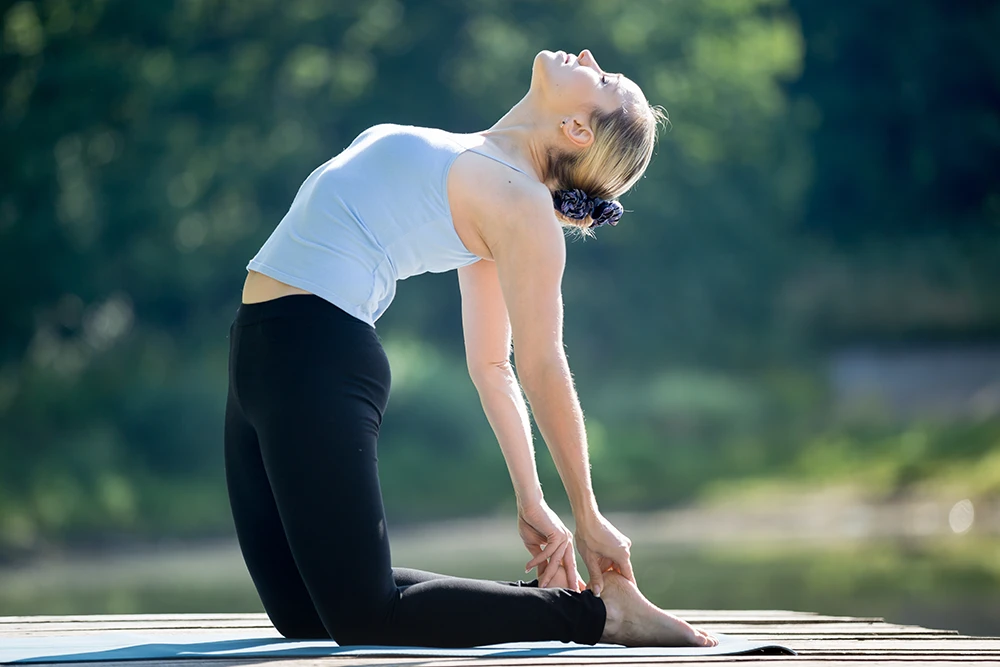Recovery is as Important as Training! 8 Recovery Methods to Eliminate Fatigue and Enhance Athletic Performance

To enhance athletic performance, people often focus on the intensity and frequency of training, but recovery is equally important. Recovery not only helps reduce fatigue but also prevents injuries caused by training, leading to greater training benefits.
1. Rest and Sleep: Adequate rest and sleep are crucial for body recovery. After exercise, the body needs time to repair muscles and replenish energy. Getting 7-9 hours of sleep every night can help the body recover better.
2. Moderate Warm-up and Stretching: Performing a moderate warm-up before exercise helps prevent injuries during training, while stretching after exercise helps relax muscles, promote blood circulation, and accelerate recovery.
3. Contrast Showers: Alternating hot and cold showers can help alleviate muscle fatigue and pain. By alternating between hot and cold water, it effectively promotes blood circulation and reduces muscle inflammation.
4. Massage and Use of Massage Tools: Massage helps relieve muscle tension and pain and promotes blood circulation. Massage guns and yoga rollers are convenient tools for muscle massage.
5. Light Activity: Engaging in light activity such as walking or yoga after exercise helps relax muscles and promote recovery without putting too much strain on the body.
6. Hydration and Nutrition: Timely hydration and nutrition are vital for recovery after exercise. Ensuring proper hydration, protein, and carbohydrate intake can aid in muscle and energy recovery.
7. Use of Far-Infrared: Far-infrared is a type of infrared that penetrates the skin and reaches the deeper layers of muscles, helping improve blood circulation, accelerate metabolism, and reduce muscle fatigue and tension. Far-infrared pressure-relieving bands can be worn easily on areas needing relaxation, such as legs, waist, or shoulders.
8. Use of Pain Relief Patches: Pain relief patches are commonly used in sports recovery and often contain medicinal ingredients or natural plant extracts that can be applied to sore muscles or areas of discomfort to reduce pain. However, caution is needed to avoid excessive medication intake. These patches typically provide warming or cooling effects, promoting blood circulation and relieving muscle tension and fatigue, making them easy to carry around.
Training and recovery are equally important. By using appropriate recovery methods, the body can better adapt to training, improve performance, and reduce the risk of injury, making exercise healthier and more effective.